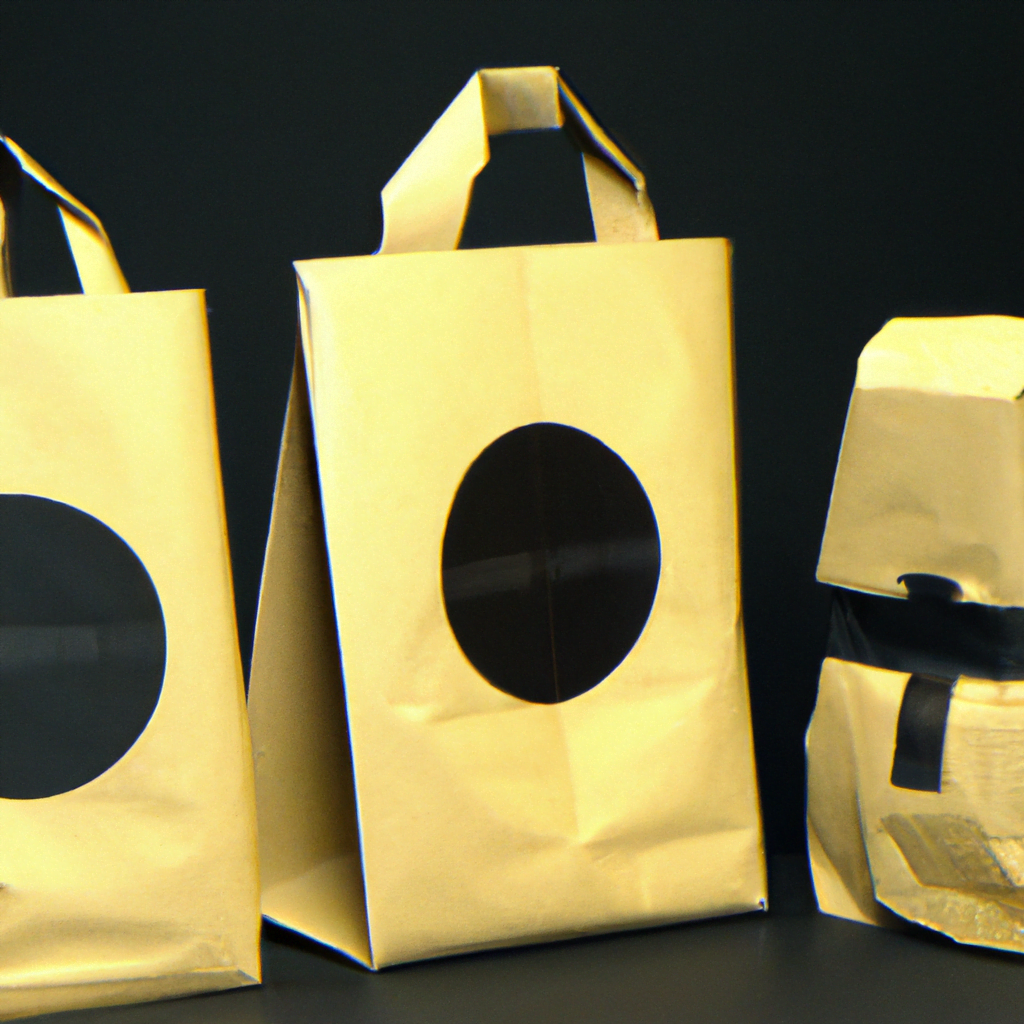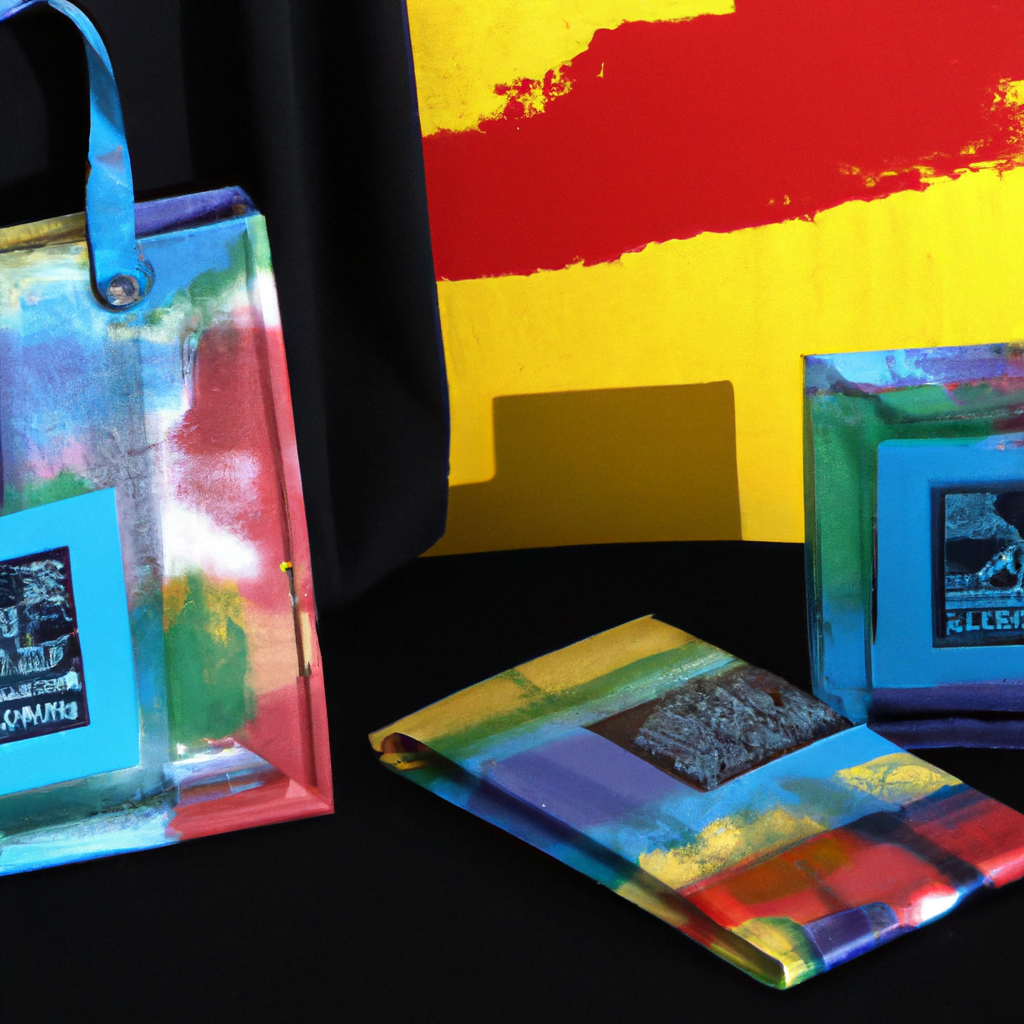
Packaging for Sustainable Fashion and Accessories

Introduction
Sustainable fashion is a growing trend in the fashion industry, with more and more consumers becoming aware of the environmental impact of the clothes they wear. However, sustainable fashion is not just about the clothes themselves, but also about the packaging they come in. Packaging plays a crucial role in the sustainability of fashion and accessories, as it can have a significant impact on the environment. In this article, we will explore the importance of sustainable packaging in the fashion industry and provide insights into how fashion brands can adopt sustainable packaging practices.
The Environmental Impact of Packaging
Packaging is an essential part of the fashion industry, as it protects products during transportation and storage and provides a way for brands to communicate with their customers. However, packaging also has a significant impact on the environment. According to the Environmental Protection Agency (EPA), packaging accounts for around 30% of all municipal solid waste in the United States. This waste ends up in landfills, where it can take hundreds of years to decompose, releasing harmful greenhouse gases into the atmosphere.
The fashion industry is one of the largest contributors to this waste, with packaging accounting for a significant portion of the industry’s environmental impact. The use of non-recyclable materials, such as plastic, in packaging is a major contributor to this problem. Plastic packaging is not only non-biodegradable but also requires a significant amount of energy to produce, contributing to greenhouse gas emissions.
The Benefits of Sustainable Packaging
Sustainable packaging offers a solution to the environmental impact of packaging in the fashion industry. Sustainable packaging is designed to minimize the environmental impact of packaging by using materials that are recyclable, biodegradable, or compostable. This type of packaging can help reduce waste and greenhouse gas emissions, as well as conserve natural resources.
In addition to the environmental benefits, sustainable packaging can also provide economic benefits for fashion brands. Sustainable packaging can help reduce costs associated with waste disposal and transportation, as well as improve brand reputation and customer loyalty.
Sustainable Packaging Materials
There are several sustainable packaging materials that fashion brands can use to reduce their environmental impact. These materials include:
- Recycled paper and cardboard: Recycled paper and cardboard are made from post-consumer waste and can be recycled again after use. They are biodegradable and compostable, making them an excellent choice for sustainable packaging.
- Bioplastics: Bioplastics are made from renewable resources, such as cornstarch, and are biodegradable and compostable. They offer a sustainable alternative to traditional plastics.
- Mushroom packaging: Mushroom packaging is made from mycelium, the root structure of mushrooms. It is biodegradable and compostable and can be grown in a matter of days, making it an excellent sustainable packaging option.
- Reusable packaging: Reusable packaging, such as cloth bags or metal tins, can be used multiple times, reducing waste and conserving resources.
Case Studies
Several fashion brands have already adopted sustainable packaging practices, providing valuable insights into the benefits of sustainable packaging. Here are some examples:
Patagonia
Patagonia, a leading outdoor clothing brand, has been a pioneer in sustainable packaging. The company has eliminated plastic bags from its stores and replaced them with reusable bags made from recycled materials. Patagonia also uses recycled paper and cardboard for its shipping boxes and has implemented a take-back program for its products, encouraging customers to return used clothing for recycling.
Stella McCartney
Stella McCartney, a luxury fashion brand, has also been a leader in sustainable packaging. The brand uses biodegradable and compostable materials for its packaging, including bioplastics made from cornstarch and recycled paper. Stella McCartney has also implemented a take-back program for its products, encouraging customers to return used clothing for recycling.
Conclusion
Sustainable packaging is an essential part of the sustainability of fashion and accessories. By adopting sustainable packaging practices, fashion brands can reduce their environmental impact, conserve natural resources, and improve their brand reputation and customer loyalty. Sustainable packaging materials, such as recycled paper and cardboard, bioplastics, mushroom packaging, and reusable packaging, offer sustainable alternatives to traditional packaging materials. Fashion brands can learn from the examples of Patagonia and Stella McCartney and adopt sustainable packaging practices to contribute to a more sustainable future.
